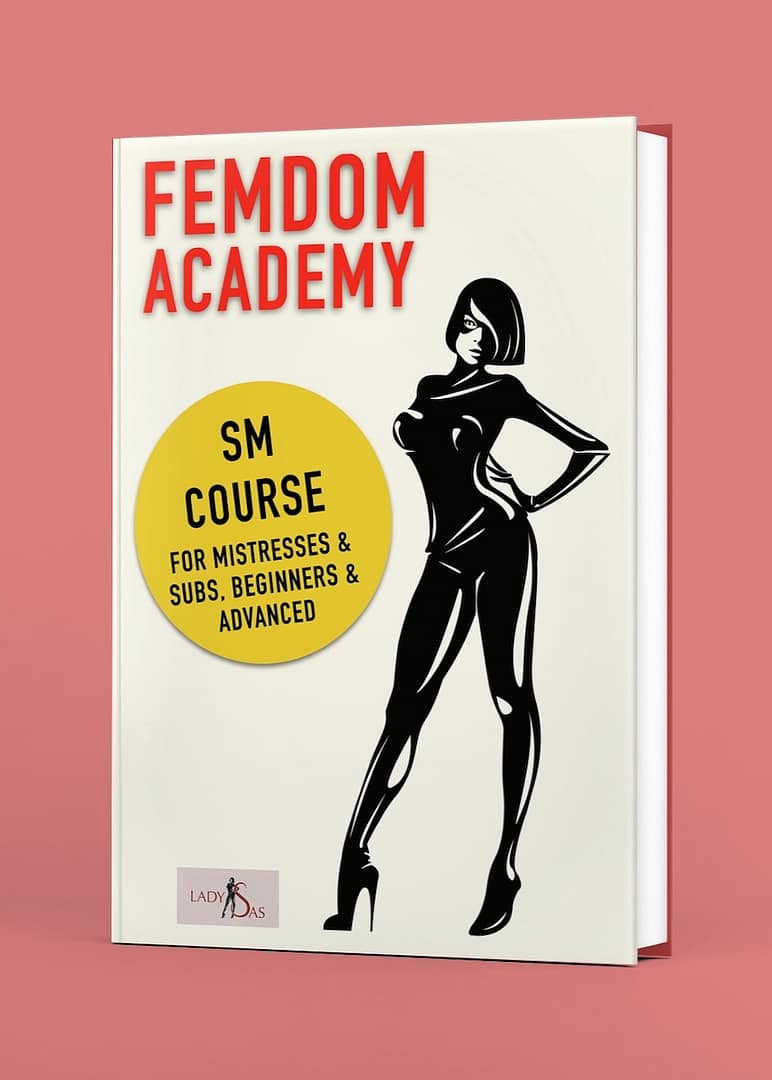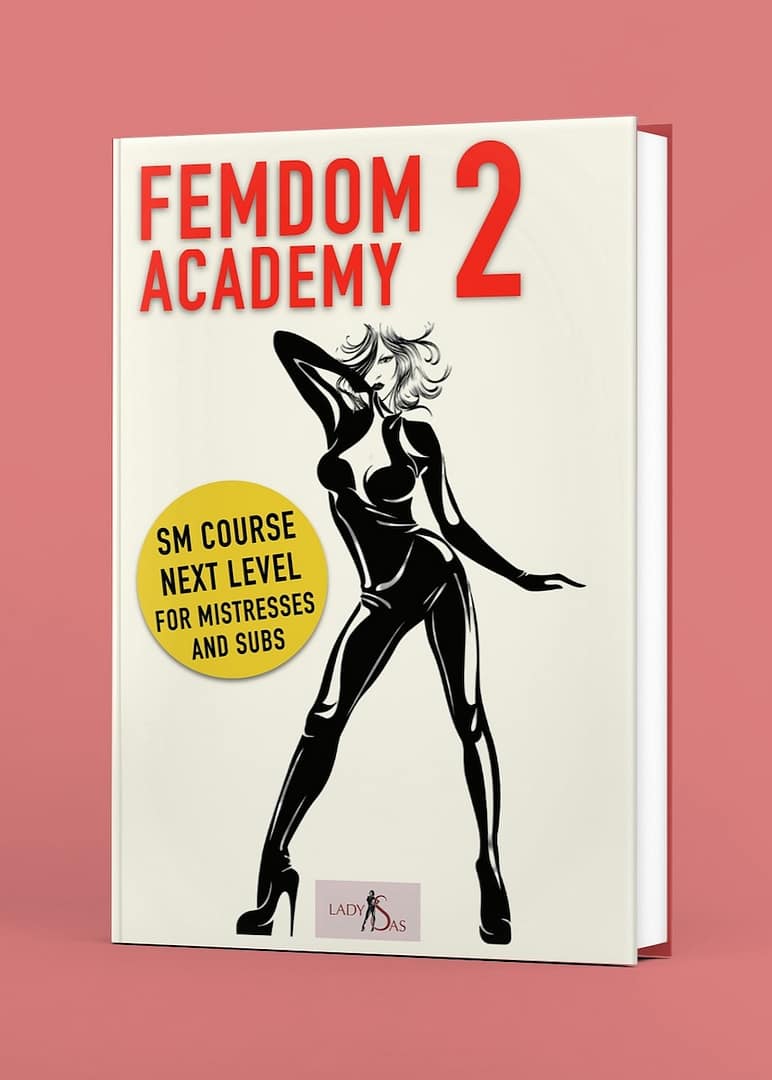→ New to the topic? Start here: Femdom Guide, BDSM Guide, Lady Sas Femdom Library. Also read: Femdom Honey of Babylon: Impact Play in BDSM
An inside look at the neurochemistry of a centuries-old human practice. How impact play pain transforms inside the body. Updated November 15, 2025.
The first strike hits like lightning. The heart races, pupils widen, every nerve fires. But then—after a few minutes of rhythmic repetition—something unexpected happens: the pain transforms. What once hurt turns into a warm wave of euphoria flooding the body. Welcome to the fascinating world of the body’s own chemical factory — the engine behind impact play pain.
The Ancient Art of Controlled Pleasure Pain
Impact play — the deliberate use of strikes for pleasure and pain — is not a modern invention. As far back as the 5th century BC, the Etruscans carved erotic whipping scenes into their tomb chambers. What they practiced instinctively is now explained by neuroscience: the human body possesses a surprisingly sophisticated system that can transform pain into ecstasy.
“The body does not distinguish between ‘good’ and ‘bad’ stress,” neuroscience explains. “Context and control over the situation make the difference.”
The Body’s Own Pharmacy
When the first strike lands, the brain initially interprets it as a threat. Alarm signals fire instantly: adrenaline and noradrenaline flood the system, the heart pumps harder, muscles tense. But at the same time, a second, fascinating process begins.
The pituitary gland — often called the “conductor” of the hormonal system — starts releasing endorphins. These natural opioids can be up to 200 times stronger than morphine. They bind to the same receptors as heroin or morphine—just without the dangerous side effects of synthetic drugs.
The Dance of Neurotransmitters
What happens in the following minutes resembles a perfectly choreographed biochemical ballet. Pain becomes pleasure pain. Dopamine, the “reward chemical,” fuels the desire for more. Serotonin stabilizes mood and can create deep satisfaction. Oxytocin, the “bonding hormone,” builds strong emotional connections between partners.
“It’s like a natural cocktail of the most potent drugs we know,” says a pain researcher. “The difference? The body produces them itself and in exactly the right dosage.”
Subspace Through Pleasure Pain: A Journey Into Another Dimension
Many practitioners report a trance-like state called “subspace,” where time and space seem to dissolve. Science now confirms: this experience is real and measurable.
During subspace, brain scans show activity patterns similar to those seen in deep meditation or spiritual states. Pain perception decreases dramatically, while emotional sensitivity heightens. Some describe it as floating or merging completely with the moment.
“The line between pain and pleasure doesn’t only blur subjectively,” explains a consciousness researcher. “Neurologically, the processing pathways truly overlap.”
The Dark Side of the High
But like any intense experience, pleasure pain also has a shadow. The so-called sub drop — a state of exhaustion and emotional emptiness after the endorphin high — can last for hours or even days. Much like a hangover after heavy drinking, the body goes through a phase of recovery.
“The descent is the price for the ascent,” explains a therapist specializing in alternative sexualities. “Without proper aftercare, a liberating experience can turn into a difficult one.”
Adaptation and Tolerance
Regular practitioners often develop increased pain tolerance — a phenomenon also observed in sports medicine. The nervous system learns to handle intense stimuli and adjusts its reactions accordingly. This neuroplasticity again demonstrates the remarkable adaptability of the human brain.
From the Stone Age to Modern Times
Evolutionary biologists speculate that the ability to transform pain into positive sensations (pleasure pain) may once have given humans a survival advantage. In extreme situations, this neurochemical reaction could have allowed our ancestors to keep fighting or fleeing despite injuries.
“What once helped our ancestors survive is now used for conscious states of altered experience,” an anthropologist notes. “It’s fascinating how ancient biological mechanisms find their place in modern practices.”
The Role of Trust in Pleasure Pain
A key factor in the neurochemical reaction is trust. Studies show that oxytocin release — and with it, the intensity of positive sensations during pleasure pain — correlates directly with the level of trust between partners. Without emotional safety, the euphoric effects often remain absent.
Boundaries and Risks in Pleasure Pain
Science also makes clear: these powerful neurological processes connected to impact play pain are not without risks. People with cardiovascular issues may react negatively to the intense stress response. Psychological conditions — especially trauma or dissociative disorders — require additional caution.
“Knowledge is power — but also responsibility,” a medical specialist emphasizes. “Understanding what is happening in your body helps you make safer, more informed decisions.”
The Future of Pain Research
Insights from impact play pain research could have far-reaching medical applications. From pain therapy to the treatment of depression, new possibilities are emerging for the therapeutic use of the body’s own endorphin systems.
“We’re only at the very beginning of understanding this,” says a consciousness researcher. “The relationship between pain, pleasure, and awareness is far more complex than we ever imagined.”
Pleasure Pain: A New Understanding
Impact play reveals itself as far more than a sexual practice — it is a window into the deepest mechanisms of human experience. The ability to consciously trigger neurochemical cascades that alter our awareness so profoundly shows the remarkable power of the mind-body connection.
As social acceptance slowly grows, scientific education helps dispel myths and build understanding. In the end, it all comes down to one of the most fundamental human abilities: consciously shaping our own experience.
Important Note: This article on pleasure pain and impact play pain is intended for information and scientific education only. All practices should be approached with knowledge, preparation, and strict attention to safety.
Never miss a new article again — sign up for our newsletter.
Our #1 bestselling Book Series: Femdom Academy.
For Tops & subs alike: with the Femdom Academy series, we’ve introduced thousands of readers to the world of female dominance and female-led relationships. Discover practical tips, inspiration, and new ways to develop yourself.

Femdom Academy 1 – SM Course for Mistresses & Subs, Beginners & Advanced. Modern, easy-to-follow. Practices, rituals, communication, safety, materials and play ideas.
⭐️⭐️⭐️⭐️ 4.5 / 5 stars on Amazon (96 global reviews).
Who’s writing here?

Hi, we are Lady Sas and Lady Victoria, two private Femdoms from Frankfurt am Main. We are experts and authors on the topics of Femdom, BDSM, FLR, cuckolding, chastity, and sissification.
With Lady-Sas.com, we want to encourage private women to discover their dominance and live out their desires. We also want to encourage submissive men to feel comfortable in their role.
→ Femdom Guide → BDSM Guide → Tease and Denial Guide
FAQs
What is impact play pain in BDSM?
Impact play pain refers to the intentional, consensual use of strikes—such as slaps, canes, kicks, or paddles—to create controlled pain that transforms into pleasure through neurochemical responses.
Why can impact play pain feel pleasurable?
The body reacts with adrenaline, endorphins, and dopamine. These chemicals can turn intense sensations into euphoria, creating the “pleasure pain” effect many subs experience during impact play.
Is impact play pain safe for beginners?
Yes—if practiced with communication, warm-up, safe words, and knowledge of no-go zones (kidneys, spine, joints). Beginners should start slow and build tolerance gradually.
Which tools work best for creating impact play pain?
Floggers, canes, paddles, bare hands, and even knees or kicks can be used. Each tool creates a different type of impact play pain, ranging from thuddy to stingy sensations.
Can impact play pain lead to subspace?
Yes. Intense impact play pain can trigger a neurochemical shift that leads to subspace—a trance-like, floating state where perception of time and pain changes.
What should tops and subs know about aftercare after impact play pain?
Aftercare helps stabilize the nervous system after the endorphin high. It can include hydration, warmth, cuddling, soothing lotion, or emotional reassurance.
Who should avoid intense impact play pain?
People with cardiovascular issues, trauma histories, or dissociative tendencies should proceed carefully or consult a professional, as strong stress responses may be risky.



